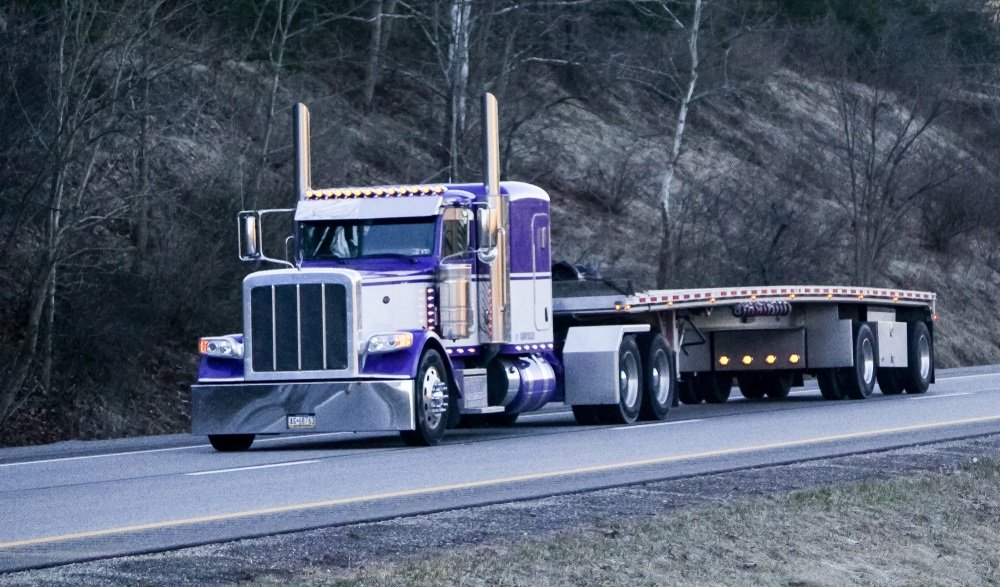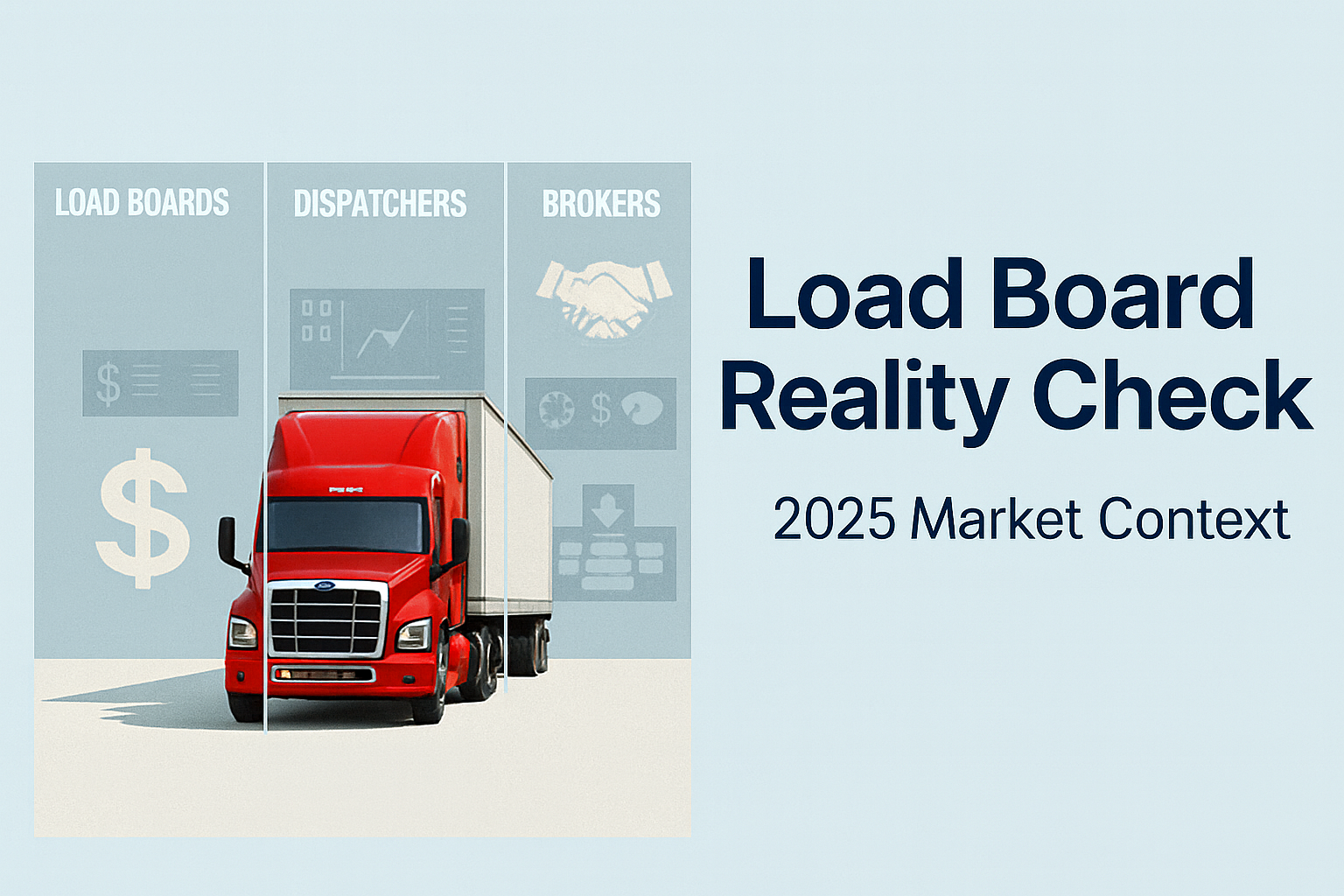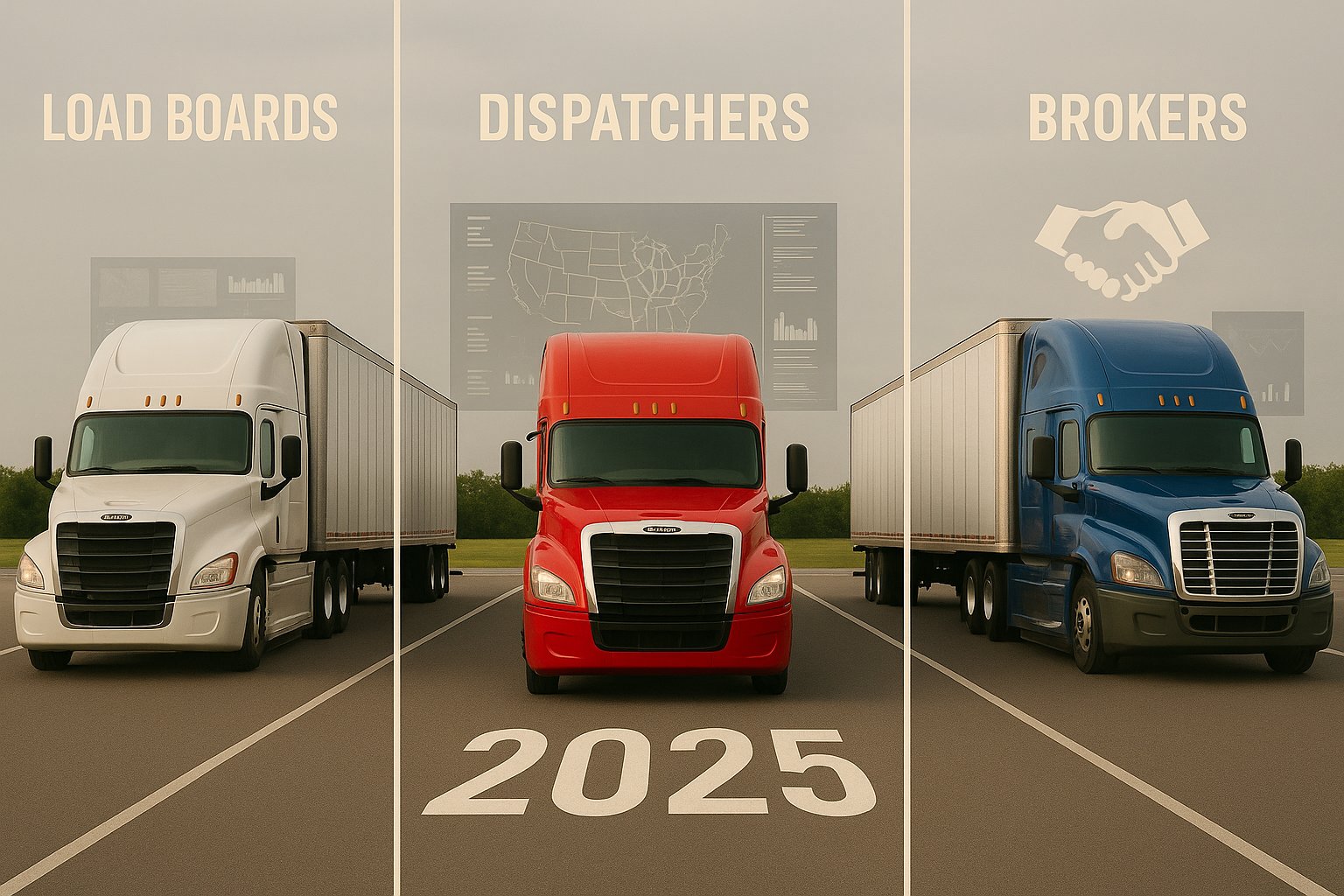Table of Content
- What Is Considered an Oversize Load?
- Why Are Oversize Load Permits Required?
- How to Obtain Oversize Load Permits
- Single-Trip vs. Annual Permits
- Escort Vehicles and Pilot Cars
- Travel Restrictions
- Common Challenges in Oversize Flatbed Hauling
- Tips for Staying Compliant
- The Role of Permit Services
- Penalties for Non-Compliance
- Looking Ahead: Technology and Oversize Permits
- Conclusion

Flatbed trucking plays a critical role in moving goods that are too large, wide, tall, or heavy for traditional enclosed trailers. These oversized loads power entire industries—from construction and energy to manufacturing and infrastructure. However, transporting oversized freight is not as simple as just securing it onto a flatbed. It requires special attention to permits, regulations, and safety protocols that vary from state to state.
This guide explains everything drivers, carriers, and logistics professionals need to know about oversize load permits in flatbed trucking. We’ll cover what qualifies as oversize freight, why permits are necessary, how to secure them, and what rules must be followed to ensure compliance and safety.
What Is Considered an Oversize Load?
An “oversize” load is any shipment that exceeds the legal maximum size and weight limits established by the federal government and individual states. While federal guidelines set a foundation, each state has authority over its own roads and may impose different restrictions.
In general, a flatbed load is considered oversize if it exceeds:
- Width: 8 feet 6 inches
- Height: 13 feet 6 inches (varies by state)
- Length: 48–53 feet for trailers, though combinations may allow longer lengths
- Weight: 80,000 pounds gross vehicle weight (GVW), with 20,000 pounds per axle
For example, a flatbed carrying large industrial equipment that measures 10 feet wide or 14 feet high will need a permit because it exceeds legal dimensions. The same applies to heavy machinery that pushes a truck’s weight over federal or state limits.
Why Are Oversize Load Permits Required?
Permits are not just bureaucratic red tape—they serve critical purposes:
- Safety for the public: Oversized loads may pose risks to other drivers due to their size, restricted visibility, or slower speeds. Permits help ensure safety precautions are in place.
- Protection of infrastructure: Bridges, roads, and overpasses have weight and clearance limits. Permits prevent loads from damaging public infrastructure.
- Route planning: Some roads cannot accommodate oversize loads due to sharp turns, construction zones, or low clearances. Permits often require carriers to follow designated routes.
- Traffic management: Certain loads can only move during specified hours (often daylight or off-peak times) to avoid congestion and improve safety.
Without proper permits, carriers face heavy fines, delayed shipments, or even impoundment of cargo and equipment.
How to Obtain Oversize Load Permits
The process for obtaining an oversize permit varies by state, but the general steps are similar across the country.
1. Determine if a Permit Is Needed
Measure the freight carefully—height, width, length, and weight. Compare the dimensions with the state’s legal limits. Even if the shipment is legal in one state, crossing into another may require a permit.
2. Identify States Along the Route
Permits must usually be obtained from each state the load will travel through. A multi-state trip may require several different permits, all with their own fees and conditions.
3. Apply Through State Permit Offices or Online Portals
Most states have online systems where carriers can apply for permits. Some allow applications by fax or phone, though online submissions are faster and more common today.
Information typically required includes:
- Truck and trailer details
- Overall dimensions and weight
- Origin and destination
- Proposed route
- Dates of travel
4. Pay Permit Fees
Permit costs vary widely. Some states charge a flat fee, while others charge based on mileage, load size, or duration. A single-trip permit might cost anywhere from $15 to several hundred dollars.
5. Follow Permit Conditions
Permits may come with requirements such as restricted travel hours, escort vehicles, signage, or lighting. These must be strictly followed to remain compliant.
Single-Trip vs. Annual Permits
Carriers can choose between two main types of oversize permits:
- Single-trip permits allow the transportation of a specific load from one point to another within a limited time frame (usually 3–10 days). They are ideal for one-time or irregular shipments.
- Annual permits allow carriers to haul certain types of oversize loads repeatedly over the course of a year, usually within specific size and weight limits. These are cost-effective for companies that frequently transport similar freight along the same routes.
Escort Vehicles and Pilot Cars
Depending on the load’s size, states may require escort vehicles (also known as pilot cars) to accompany the truck. These vehicles alert other motorists to the presence of a wide or long load and help the truck navigate traffic safely.
Typical requirements include:
- One front escort vehicle: For loads that are wide or traveling on two-lane roads.
- One rear escort vehicle: For tall or heavy loads that may obstruct traffic.
- Both front and rear escorts: For extremely large shipments.
Escort vehicles often must carry specific equipment, such as “Oversize Load” signs, flashing lights, or flags.
Travel Restrictions
Oversize permits often come with travel restrictions designed to minimize safety risks and traffic disruptions. Common rules include:
- Daylight-only travel: Oversize loads are generally restricted to moving during daylight hours.
- No travel on weekends or holidays: To reduce risks during high-traffic periods.
- Weather restrictions: Travel may be prohibited during heavy rain, snow, or fog.
- Rush hour bans: Some states restrict travel through cities during peak traffic times.
Carriers should always review the conditions listed on their permits to avoid violations.
Common Challenges in Oversize Flatbed Hauling
1. Varying State Rules
Since every state sets its own rules, carriers must navigate a patchwork of regulations. What is considered legal in Texas may not be in Illinois, for example.
2. Permit Processing Times
Some states issue permits within hours, while others may take days. Delays in securing permits can disrupt shipping schedules.
3. Route Restrictions
Detours, construction zones, or bridge closures can complicate approved routes. Carriers may need to reapply for modified permits.
4. Additional Costs
Beyond permit fees, costs may include escort vehicles, signage, additional insurance, and fuel surcharges from longer routes.
Tips for Staying Compliant
- Plan ahead: Apply for permits well in advance of scheduled shipping dates.
- Double-check dimensions: Incorrect measurements can result in invalid permits or safety hazards.
- Use technology: GPS routing software designed for oversize loads can simplify planning.
- Partner with permit services: Third-party companies can manage the entire process, ensuring compliance and saving time.
- Stay updated: Regulations change frequently; always verify the latest requirements before each haul.
The Role of Permit Services
For many trucking companies, managing oversize permits in-house can be overwhelming. That’s where permit services come in. These specialized agencies handle permit applications, route planning, and compliance for carriers.
Benefits of using permit services include:
- Faster processing thanks to established relationships with state offices
- Reduced risk of errors in applications
- Ability to manage multi-state shipments more efficiently
- Expert advice on routing, escorts, and scheduling
While they add extra costs, permit services can save time and prevent costly mistakes.
Penalties for Non-Compliance
Failing to secure proper oversize permits can lead to serious consequences:
- Fines: Penalties range from hundreds to thousands of dollars per violation.
- Delays: Trucks may be forced off the road until proper permits are secured.
- Cargo impoundment: Authorities can hold the load until compliance is achieved.
- Damage to reputation: Shippers may hesitate to work with carriers who cut corners.
Compliance is always cheaper and safer than taking risks.
Looking Ahead: Technology and Oversize Permits
The future of oversize permitting is becoming more streamlined thanks to digital tools. Many states are investing in online portals that allow carriers to apply, pay, and receive permits electronically. Some systems even provide automated routing that factors in bridge heights, construction, and restrictions.
In the near future, integration of GPS with real-time permit conditions could reduce delays and errors. Carriers who embrace these technologies will gain efficiency and a competitive advantage.
Conclusion
Transporting oversize loads on flatbeds is a vital but highly regulated part of the trucking industry. Permits ensure the safety of both drivers and the public, protect infrastructure, and keep freight moving efficiently. While the process may seem complicated, careful planning and compliance with state-specific rules make it manageable.
For carriers, success in oversize hauling comes down to preparation. Measure freight accurately, secure permits in advance, follow travel restrictions, and consider professional permit services for complex routes. Doing so not only avoids costly fines and delays but also builds a reputation for reliability in one of trucking’s most challenging niches.
With the right knowledge and strategy, flatbed operators can handle oversize loads confidently, keeping America’s industries supplied with the heavy and specialized equipment they need to thrive.






